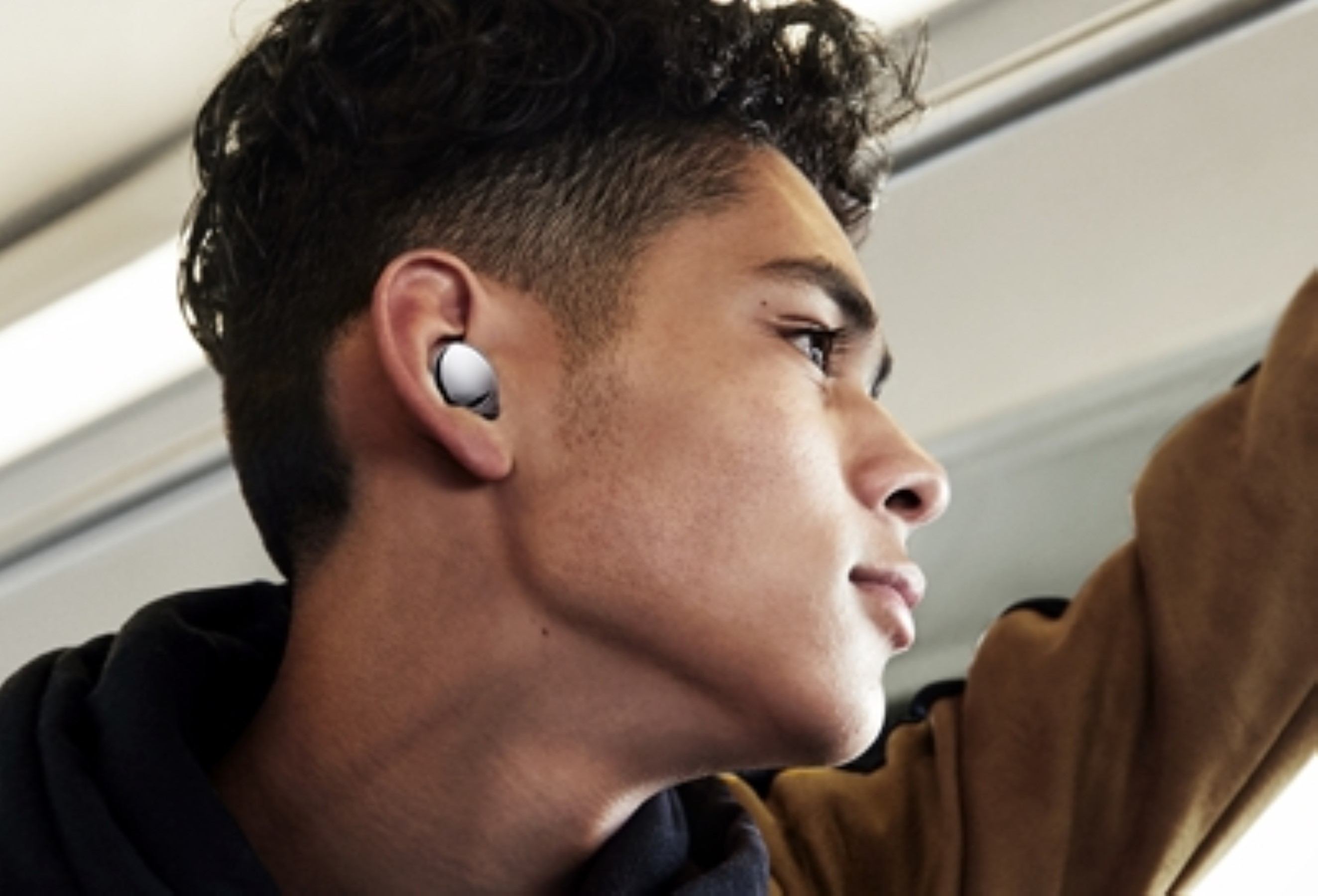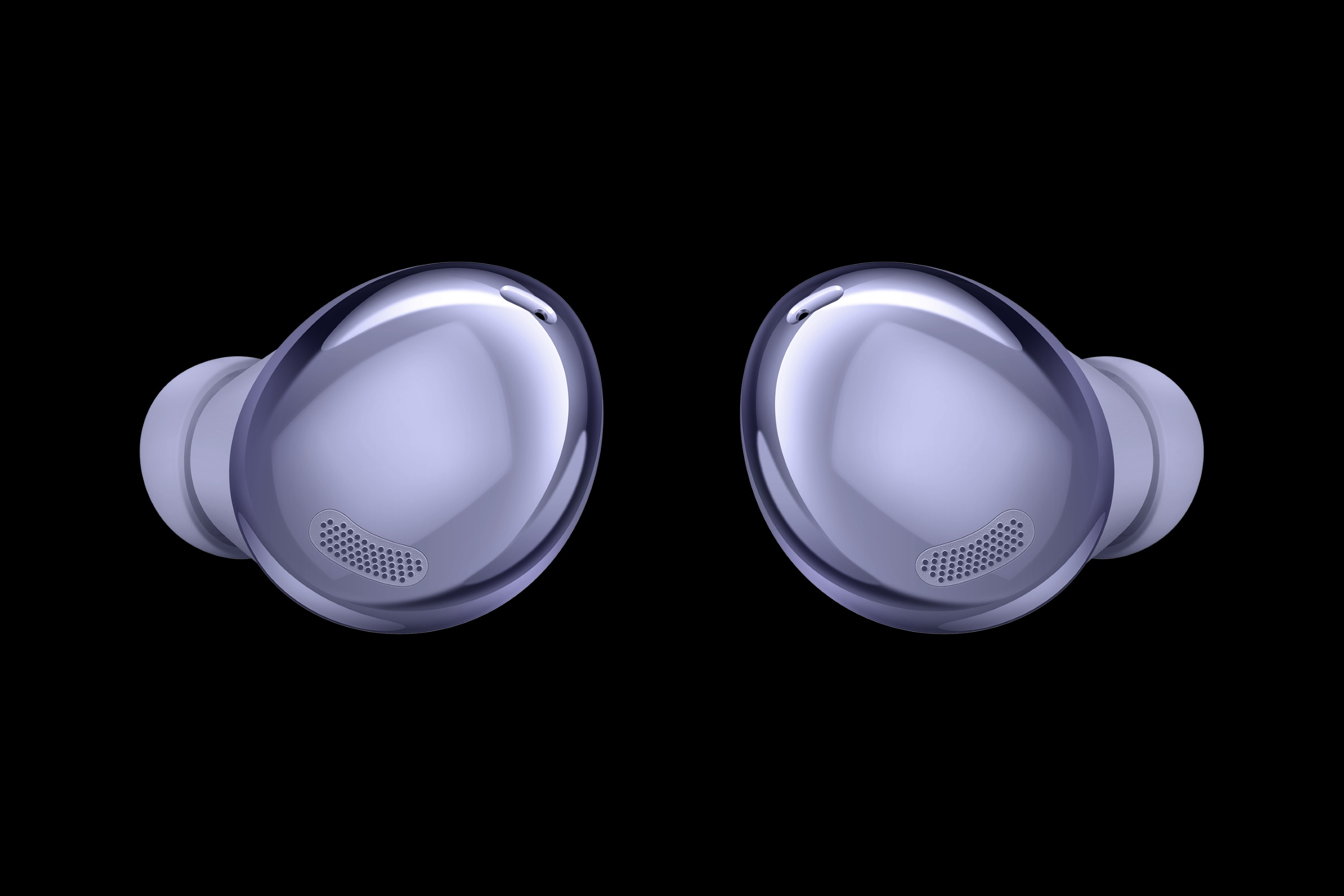Optus Mobile Review ALDI Mobile Review Amaysim Mobile Review Belong Mobile Review Circles.Life Review Vodafone Mobile Review Woolworths Mobile Review Felix Mobile Review Best iPhone Plans Best Family Mobile Plans Best Budget Smartphones Best Prepaid Plans Best SIM-Only Plans Best Plans For Kids And Teens Best Cheap Mobile Plans Telstra vs Optus Mobile Optus NBN Review Belong NBN Review Vodafone NBN Review Superloop NBN Review Aussie BB NBN Review iiNet NBN Review MyRepublic NBN Review TPG NBN Review Best NBN Satellite Plans Best NBN Alternatives Best NBN Providers Best Home Wireless Plans What is a Good NBN Speed? Test NBN Speed How to speed up your internet Optus vs Telstra Broadband ExpressVPN Review CyberGhost VPN Review NordVPN Review PureVPN Review Norton Secure VPN Review IPVanish VPN Review Windscribe VPN Review Hotspot Shield VPN Review Best cheap VPN services Best VPN for streaming Best VPNs for gaming What is a VPN? VPNs for ad-blocking Cue the in-ear entry of the Samsung Galaxy Buds Pro. That’s because I was one of those people. What I suspected may have been a horrible design flaw turns out to be an against-the-norm way to wear earbuds. Other earbuds seemingly pay their respects to wired headphones of old and get you to point the bulk of the external earbud down in a way that’s similar to where the headphone cable would dangle to connect to your belt-clippable Sony Discman. But that’s not how the Samsung Galaxy Buds Pro are supposed to be worn. Instead, invert that logic and place the largest part of the earbud upwards, angling the earbud tips down into your ear canal. Before I realised this (read: quite literally read a ‘How to wear your Samsung earbuds’ support page), I struggled with sound leak, improper fits across the included three earbud tip options, inconsistent active noise cancelling (ANC) and, generally, was not having a great time with the Buds Pro. Inserting them the correct (albeit newfangled) way solved a lot of these woes. In hindsight, the placement of the ‘L’ and ‘R’ on the left and right earbuds, respectively, is a dead giveaway of how they should be angled. While sound is decent with ANC switched off, it steps up a notch with ANC on. Ambient sound is a great touch that’s controlled within the Samsung Wearables app, too. It’s just a shame that the 360 audio and auto-switch features are restricted to One UI 3.1, which effectively translates to the Samsung Galaxy S21 line and the Galaxy Tab S7 range. What is great, though, is the touch controls are mostly accurate when you get the pressure right, even if hirsute folk (like me) need to factor in moving hair before interacting. This led to what has to be one of the most pleasant initial wireless headphone setups I’ve ever had. I’m so used to having to read a manual or googling which button (or buttons) to hold down for how many seconds to get a new set of cans to sync. Not with the Buds Pro. I opened the case and was pleasantly surprised to be prompted on my ageing Samsung Galaxy S9 Plus to connect. It then automatically downloaded the Samsung Wearables app, updated the software and they were ready to use. The extra cost for the Buds Pro gets you refined sound quality, including bigger sound care of the 11mm woofer and 6.5mm tweeters. For calls, the Buds Pro and Buds Live both have a voice pickup unit, which the Buds Plus is lacking, plus the Buds Pro and Buds Live both have ANC. Battery life is where the Buds Plus wins, though, rated for 11 hours on a single charge, whereas the Buds Pro and Buds Live tap out at eight without ANC on and without factoring in the case charge. There are also fancy features like the restricted 360 audio with the Buds Pro, plus voice detect for pausing what you’re listening to when you speak, but that latter feature is best left off (particularly if you like to sing along to tunes). Still, the Buds Pro have the best water resistance (IPX7) compared to the IPX2 rating for the Buds Plus and Buds Live.




